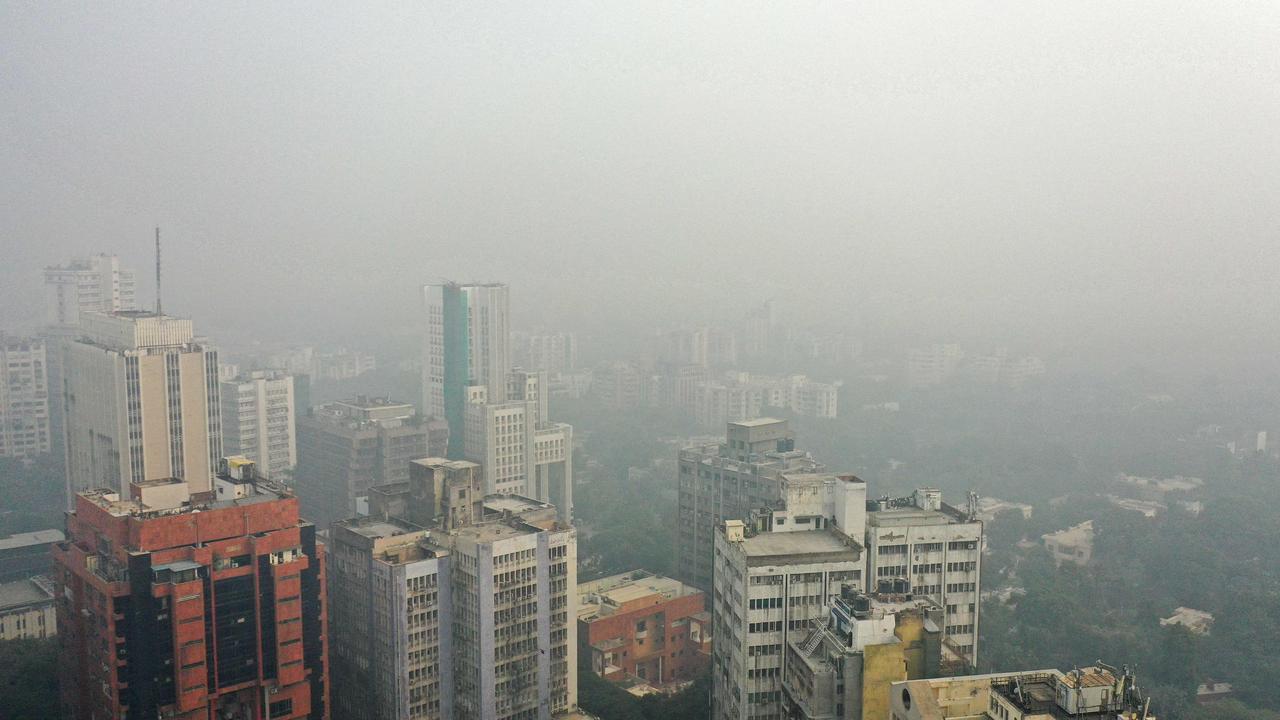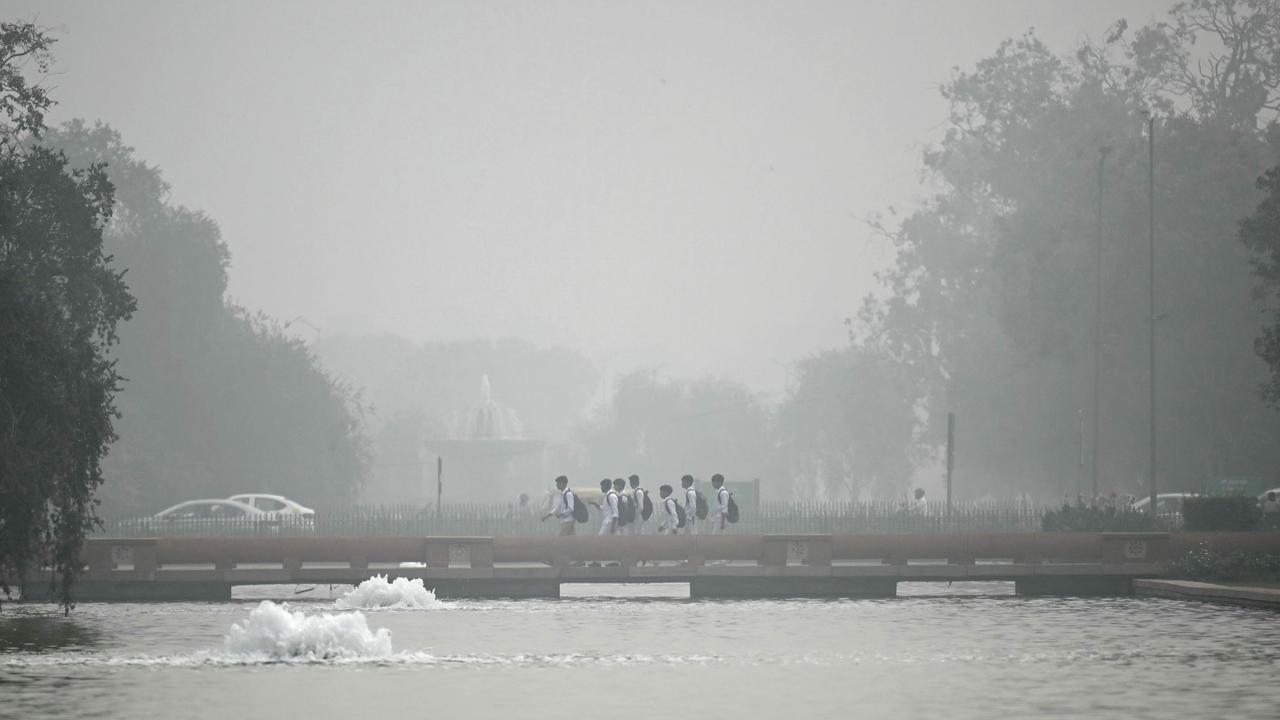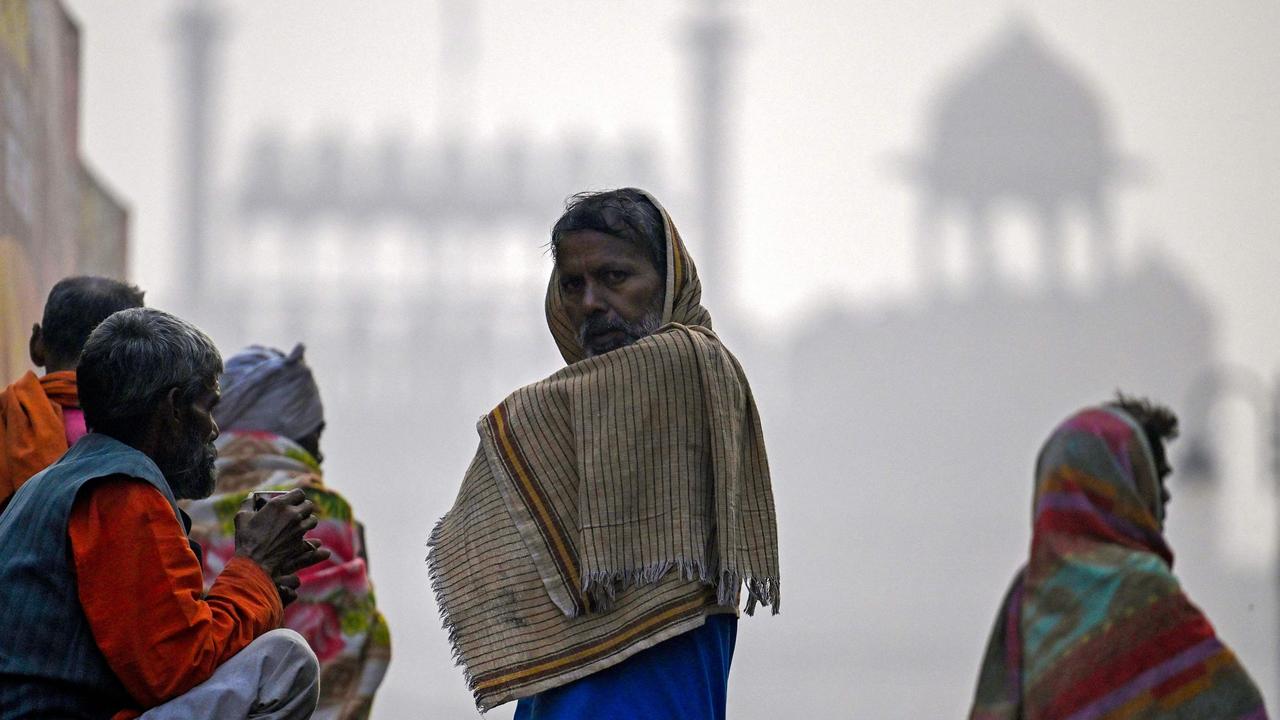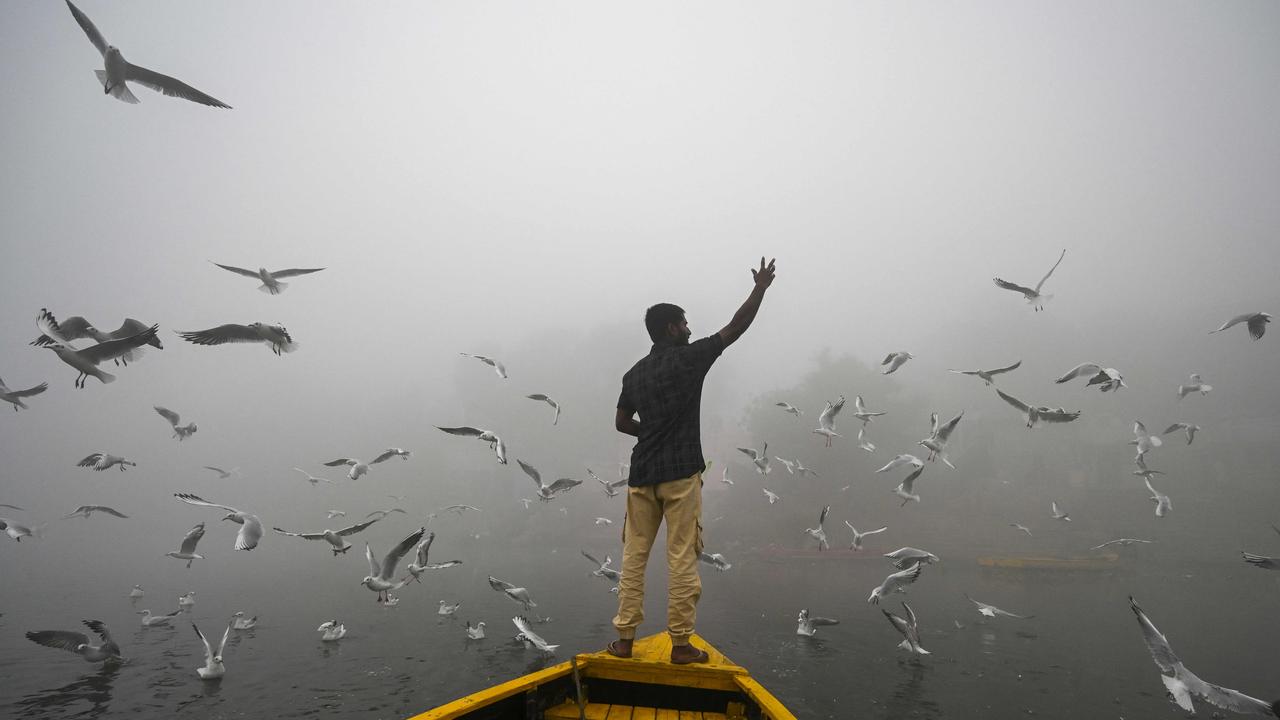New Delhi schools switch to online learning as toxic smog takes hold
The world’s second-largest city has switched to lockdown-style online lessons in a bid to protect its children from the potential health impacts of pollution, as a hazardous smog affects millions

READING LEVEL: GREEN
The world’s second largest city has closed its schools due to hazardous* smog.
Primary schools in India’s capital New Delhi moved to online learning last week and were ordered to continue until further notice after air pollution went above safe levels.
The New Delhi Air Quality Index (AQI) measured in at a “hazardous” level, causing the Indian Government to launch stage 4 of its Graded Response Action Plan (GRAP-4); emergency measures to address air pollution.
“With the imposition* of GRAP-4 from (tomorrow), physical classes shall be discontinued for all students, apart from Class 10 and 12,” Chief Minister Atishi, who uses one name, wrote on X late on Sunday. “All schools will hold online classes, until further orders.”
Along with schoolchildren staying home, restrictions have also been placed on truck and van traffic in the city.

WHAT IS CAUSING NEW DELHI’S SMOG?
New Delhi becomes blanketed in acrid* smog each year, mostly caused by nearby farmers burning crops to clear their fields for ploughing, as well as factories and traffic fumes.
The thick smog is hard to see through, but it’s the PM2.5 pollutants inside the smog that are causing the real problem.
PM2.5 pollutants are dangerous fine particles that can penetrate* through the lungs and enter the body through the bloodstream.
The World Health Organisation (WHO) warns: “Exposure to PM2.5 can cause diseases both to our cardiovascular* and respiratory system*, provoking, for example, stroke, lung cancer and chronic obstructive pulmonary disease*”.

The WHO’s recommended daily maximum levels of PM2.5 pollutants is 15. At the time of writing, the levels for New Delhi were almost at 680 – about 45 times above WHO air quality guidelines.
On Sunday evening, they were recorded at 57 times above recommended safe levels.
The government has urged children and the elderly, as well as those with lung or heart issues, “to stay indoors as much as possible”.
But many people living in the city cannot afford air filters and don’t have homes that can seal out the foul-smelling, toxic air.
New Delhi and the surrounding metropolitan area is home to more than 30 million people and is often ranked worst in the world for air pollution during winter.

Cooler temperatures and slow-moving winds make the situation worse by trapping deadly pollutants each winter, stretching from mid-October until at least January.
India’s Supreme Court last month ruled that clean air was a basic human right, ordering both the central government and state-level authorities to take action.
WATCH THE VIDEO
POLL
GLOSSARY
- hazardous: dangerous to our health
- imposition: a rule being imposed or enforced
- acrid: very bitter
- penetrate: get into
- cardiovascular: the heart and blood vessels
- respiratory system: parts of the body used in breathing, including the lungs, nose and mouth
- chronic obstructive pulmonary disease: a lung condition caused by damage to the lungs
EXTRA READING
How did Beijing get Olympics blue sky?
Schools shut as smog smothers Indian capital
New York air quality: ‘the worst in the world’
QUICK QUIZ
1. What causes New Delhi’s yearly problem with air pollution?
2. What is the name of the dangerous pollutant found in New Delhi’s smog?
3. What health problems could it cause?
4. What is considered a safe level of PM2.5 pollutants by the World Health Organisation?
5. What measures has the government taken to protect the residents of New Delhi from the smog?
LISTEN TO THIS STORY
CLASSROOM ACTIVITIES
1. Smog protectors
Work in a small group of 2-3 students to design a prototype of a device that will help children and the elderly to only breathe in fresh air, not the current smog polluted air in India.
Your device should be able to be made affordably, be portable and wearable for those that really need it.
Sketch your design below and label its design features that will help the vulnerable people of India breathe fresher air.
Give your device a name and explain how you would make it affordable for the poorer people of India.
Time: allow 25 minutes to complete this activity
Curriculum Links: English, Science, Design and Technologies, Personal and Social, Critical and Creative Thinking
2. Extension
How much do we take fresh air for granted here in Australia?
Go outside into the fresh air and take five deep breaths.
Each time you breathe, list something you are grateful for on one finger. Continue until you’ve said five things you are grateful for using all five fingers.
Time: allow 10 minutes to complete this activity
Curriculum Links: English, Personal and Social, Critical and Creative Thinking
VCOP ACTIVITY
BAB it!
Show you have read and understood the article by writing three sentences using the connectives “because’’, “and”, and “but” (BAB). Your sentences can share different facts or opinions, or the same ones but written about in different ways.

